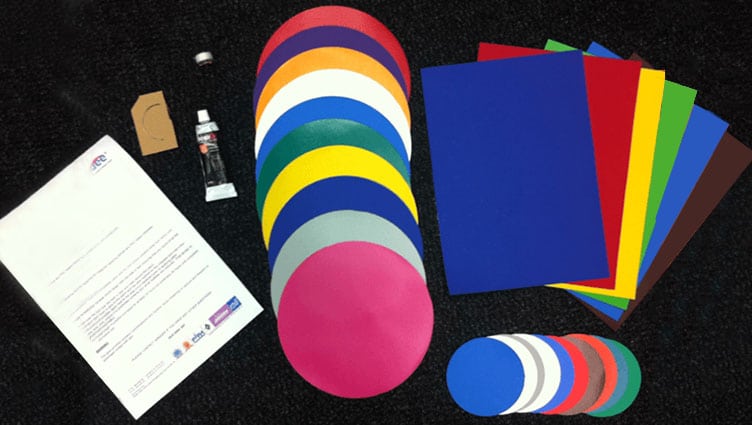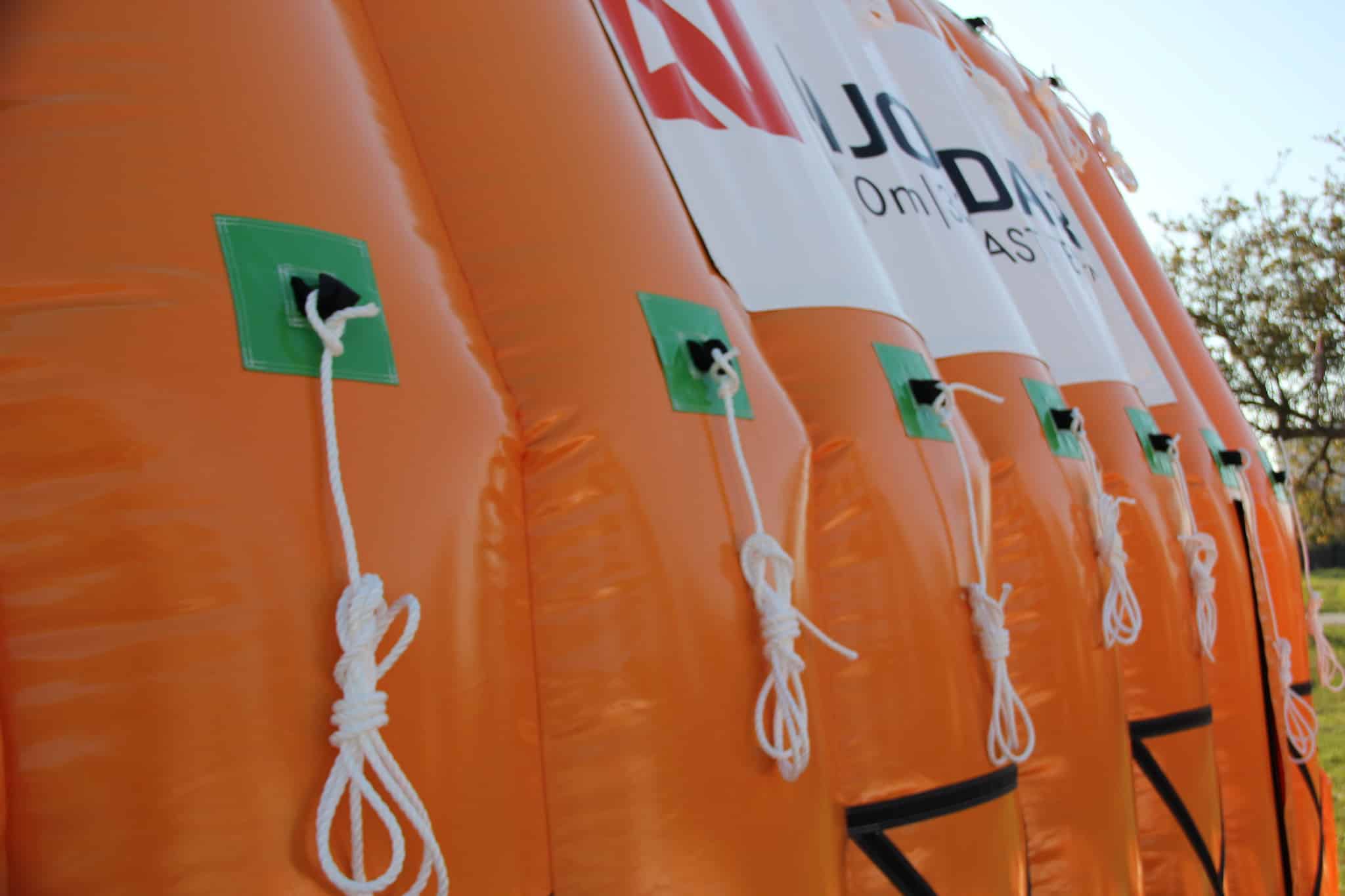What Is The Lifespan Of An Inflatable Building?
The lifespan of an inflatable building can vary based on several factors, including the quality of materials used in its construction, the level of maintenance it receives, and the environmental conditions to which it is exposed. Here are some general considerations:
Material Quality:
The durability of the materials used in the inflatable building plays a significant role in its lifespan. High-quality, durable materials are likely to last longer and withstand wear and tear better than lower-quality alternatives.
Maintenance:
Regular maintenance and proper care can extend the lifespan of an inflatable building. This includes routine inspections, cleaning, and prompt repairs of any damages. Following the manufacturer’s maintenance guidelines is crucial.
Frequency of Use:
The more frequently an inflatable building is used, the faster it may experience wear and tear. Buildings used infrequently will last longer than those used continuously.
Proper Setup and Takedown:
Following proper setup and takedown procedures is essential. Mishandling during these processes can lead to damage and reduce the overall lifespan of the inflatable building. It is important not to store your inflatable building while it is wet, this will likely cause it to become mouldy. If you use the shelter in the rain be sure to dry it out before the next day or so before putting it away for storage. Used in this way your Fast Tent will provide many years of service.
Inflation and Deflation Practices:
Inflating and deflating the structure properly, as per the manufacturer’s instructions, can prevent unnecessary stress on the materials and extend the life of the inflatable building.
Given these variables, the lifespan of an inflatable building can range from a few years to more than a decade. It’s essential to consult the specific product documentation provided by the manufacturer for guidelines on expected lifespan, maintenance requirements, and recommended practices to maximize the longevity of the inflatable structure






